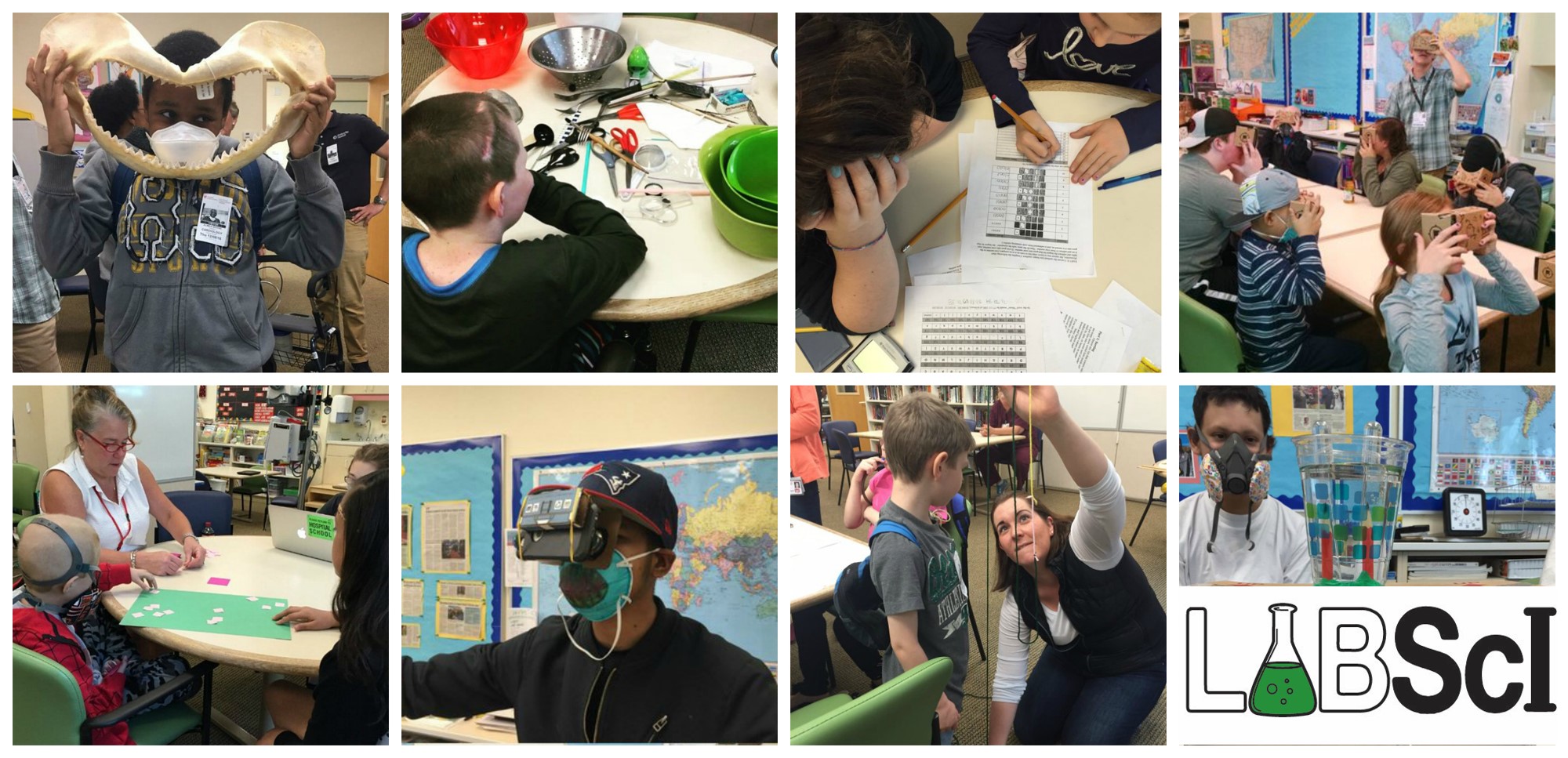In this lab, students will explore current, voltage and resistance, and their relationships as given by the Ohm’s law. They will also be given a concept of how resistance can be arranged within circuits as well as be exposed to the concept of power (student advanced version only).
Download the labs!
Student Version
Student Advanced Version
Recommended Prerequisites:
- Requires basic understanding of electricity
- Advanced version requires use of fractions
Key Concepts:
- An atom is comprised of a central nucleus surrounded by electron shells. The nucleus is made up of positively charged protons and neutrally charged neutrons. The electron shells that surround the nucleus are occupied by negatively charged electrons. An atom is electrically neutral, because at any one point, it has the same number of protons and electrons.
- Like charges attract each other while unlike charges repel each other. Negative attracts positive, whereas positive repels positive and negative repels negative.
- When a large positive charge is brought near an electron, it can move towards the positively charged source leaving its electron shell. The movement of electrons or flow of electrons is defined as current. Current is measured in Amperes (A).
- Voltage is defined as stored electrical energy. Energy is the capacity to do work. We eat food everyday so that we get the energy we need to do our daily tasks. Just like we need energy to move, electrons need energy to move and we can provide that to them in stored forms called voltage. Voltage is measured in Volts (V). Example of electrical energy storing devices: batteries.
- Resistance is the resistance to the flow of electrons or resistance to flow of current. Resistance is measured in Ohms (Ω).
- A circuit is a closed loop of electron flow. The simplest representation of a circuit is provided in the Introductory Mini-Lecture.
Materials:
For each group of 2-4 students:
- 6 size-D dry cells (batteries)
- 6 pieces of copper wire with crocodile clips connects
- 2 12V light bulbs with metallic connects (does not require bulb holders)
- 1 multi-meter
- pencil

hi thanks for this